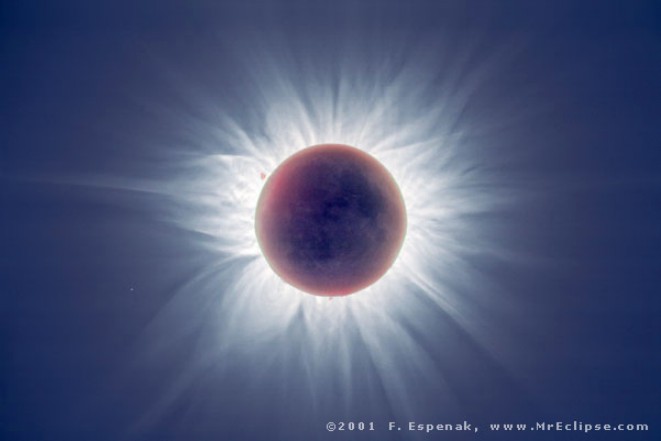
This halo is the solar corona, mosphere, with rockets and satellites.

Update: Check out this jaw-dropping time-lapse footage created by combining Parker’s photos. Spectacular phenomena such as solar flares and coronal mass ejections are described in detail, together with their potential effects on the Earth. However, when the sun is totally the corona is in fact so high that it emits. “We look forward to seeing what else the mission discovers as it ventures even closer in the coming years.” To beat the heat, it's armed with a secret weapon that can keep its instruments at a. These features change from eclipse to eclipse and the overall shape of the corona changes with the sunspot cycle. The corona displays a variety of features including streamers, plumes, and loops.

It is visible during total eclipses of the Sun as a pearly white crown surrounding the Sun.
#Sun corona crack
“It’s really exciting to see our advanced technologies succeed in taking Parker Solar Probe closer to the Sun than we’ve ever been, and to be able to return such amazing science,” Joseph Smith, Parker program executive at NASA Headquarters, says. The mission, called the Parker Solar Probe, is designed to crack mysteries about the sun and stars like it. The Corona is the Sun's outer atmosphere. The next major flyby is scheduled to take place in January of 2022, and NASA says this will likely bring it close enough to fly through the corona again. A complete understanding of this phenomenon demands the study of quiet Sun (QS) regions. The Parker Solar Probe will continue to spiral closer to the Sun and will eventually reach as close as 8.86 solar radii (3.83 million miles) from the surface. The solar corona consists of a million degree Kelvin plasma.

Credits: NASA/Johns Hopkins APL/Naval Research Laboratory Nanoflares are impulsive heating bursts that individually reach incredibly hot temperatures of. “Inside the pseudostreamer, the conditions quieted, particles slowed, and the number of switchbacks dropped - a dramatic change from the busy barrage of particles the spacecraft usually encounters in the solar wind.”Īs the Parker Solar Probe passed through the corona, it photographed those coronal streamers and has provided a perspective that had previously only ever been visible from afar, as mentioned, namely during solar eclipses as viewed from Earth. The suns corona is heated by tiny explosions called Nanoflares. The processes that heat the solar and stellar coronae to several million kelvins, compared with the much cooler photosphere (5,800 K for the Sun), are. “Passing through the pseudostreamer was like flying into the eye of a storm,” NASA explains. Pseudostreamers are the massive structures that rise above the Sun’s surface and are what are visible on Earth during solar eclipses. During its many close flybys, the Probe dipped beneath 15 solar radii (around 6.5 million miles) from the Sun’s surface and transisted a feature in the corona called a pseudostreamer.


 0 kommentar(er)
0 kommentar(er)
